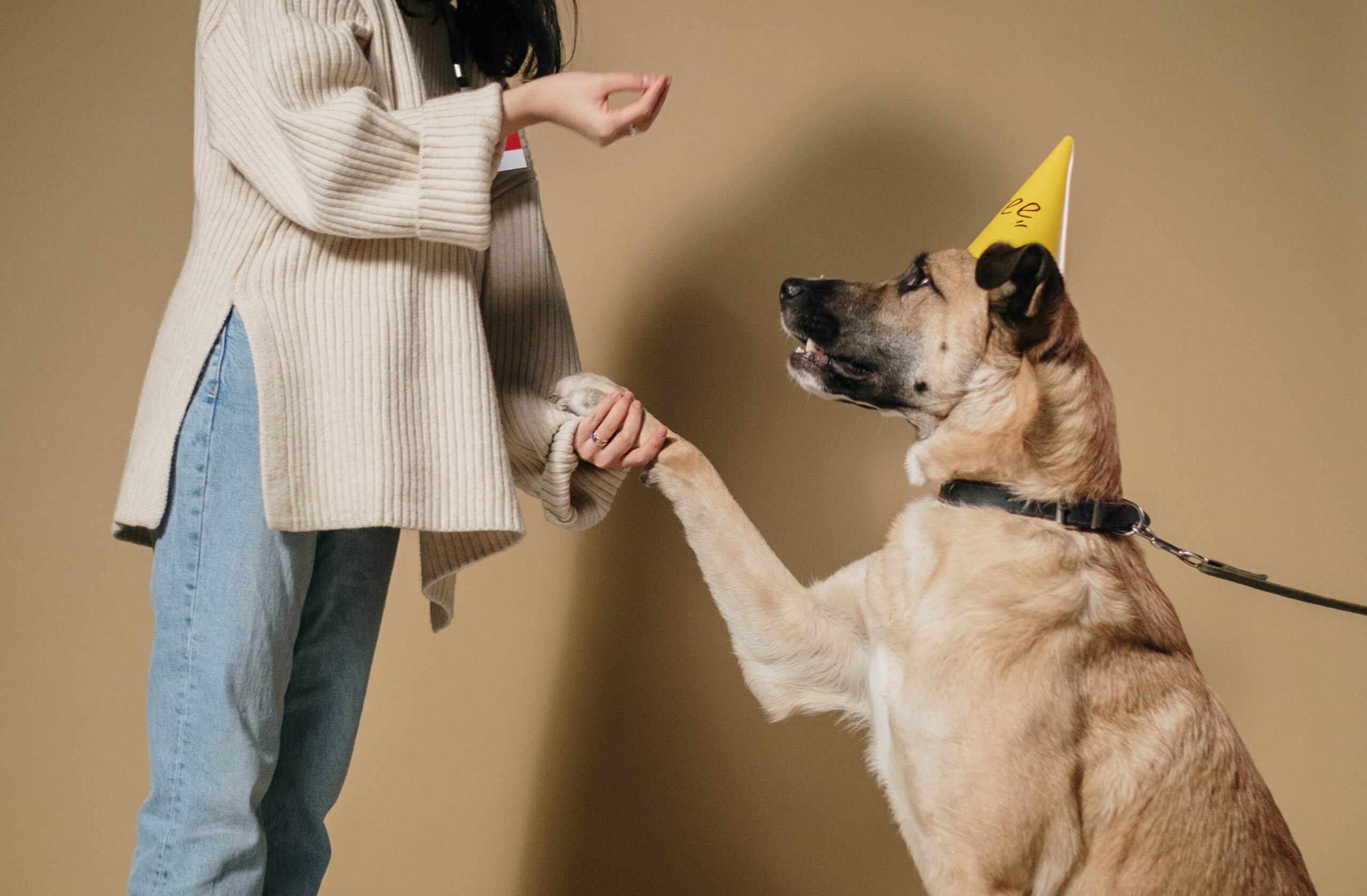Best Pet-Friendly Fishing Spots: Where to Cast Your Line with Your Furry Friend
Fishing is a great way to relax and unwind, and it’s even better when you can bring your furry friend along for the adventure. However, not all fishing spots are pet-friendly. To help you out, we’ve put together a list of the best pet-friendly fishing spots in the US.
Lake Mead, Nevada:
Lake Mead is a great spot for fishing with your pet. It’s home to a wide variety of fish, including catfish, bass, and trout. Plus, there are plenty of pet-friendly campsites in the area.
Cape Cod, Massachusetts:
Cape Cod is a popular destination for fishing enthusiasts, and it’s also a great spot for pet owners. There are plenty of pet-friendly beaches in the area where you can cast your line and enjoy the ocean views with your furry friend.
Gulf Shores, Alabama:
If you’re looking for a pet-friendly fishing spot in the south, Gulf Shores is a great option. You can fish from the shore or take a charter boat out to the Gulf of Mexico. Plus, there are plenty of pet-friendly vacation rentals in the area.
Lake Tahoe, California:
Lake Tahoe is a beautiful destination for fishing with your pet. The lake is home to a variety of fish species, including trout and salmon. Plus, there are plenty of pet-friendly hiking trails in the area if you want to take a break from fishing.
Lake George, New York:
Lake George is a popular spot for fishing, and it’s also a pet-friendly destination. There are plenty of campsites and vacation rentals in the area that welcome pets. Plus, the lake is home to a variety of fish, including bass, pike, and trout.
Acadia National Park, Maine:
Acadia National Park is a stunning destination for fishing and hiking with your pet. The park is home to a variety of fish species, including trout and salmon. Plus, there are plenty of pet-friendly trails in the park where you can enjoy the natural beauty of Maine.
Colorado River, Arizona:
The Colorado River is a popular destination for fishing enthusiasts, and it’s also a great spot for pet owners. You can fish from the shore or take a guided trip down the river. Plus, there are plenty of pet-friendly hotels in the area.
Conclusion:
Fishing with your pet can be a wonderful experience, but it’s important to choose a pet-friendly location. These seven destinations offer great fishing opportunities and plenty of pet-friendly accommodations. So pack your fishing gear, grab your furry friend, and head out for an adventure you’ll never forget.










